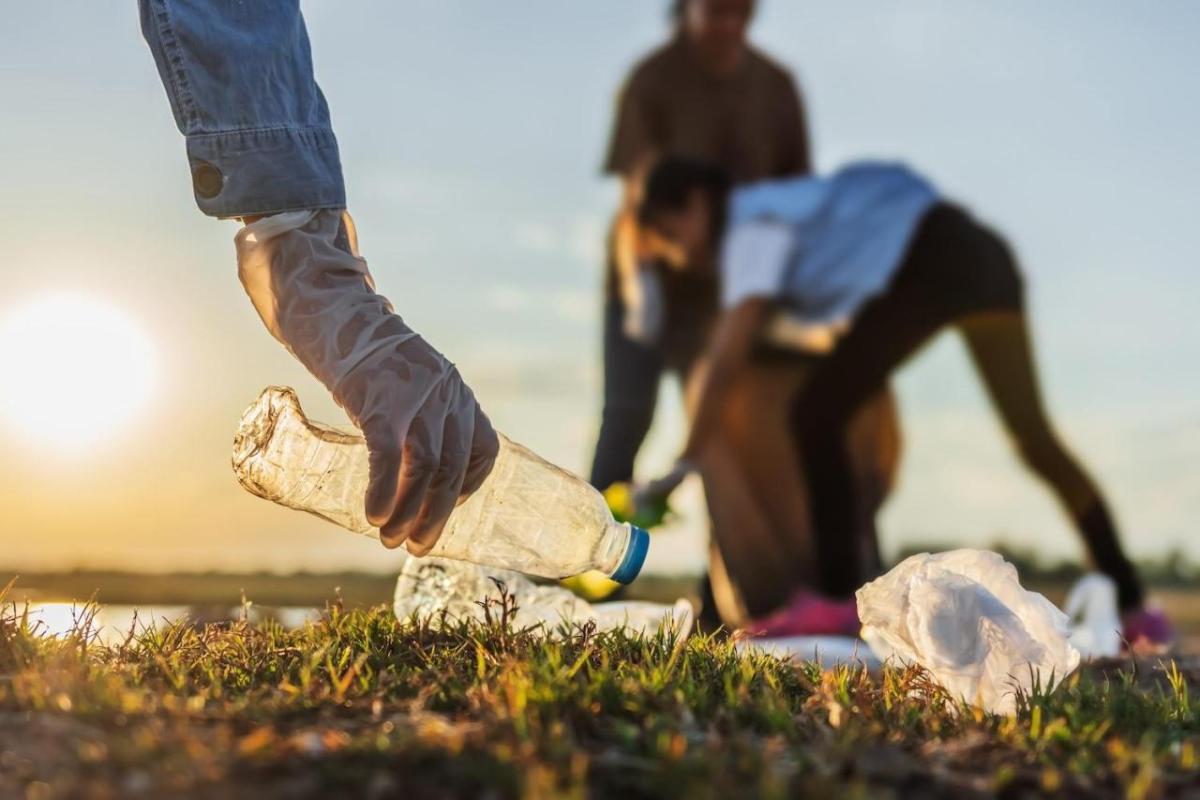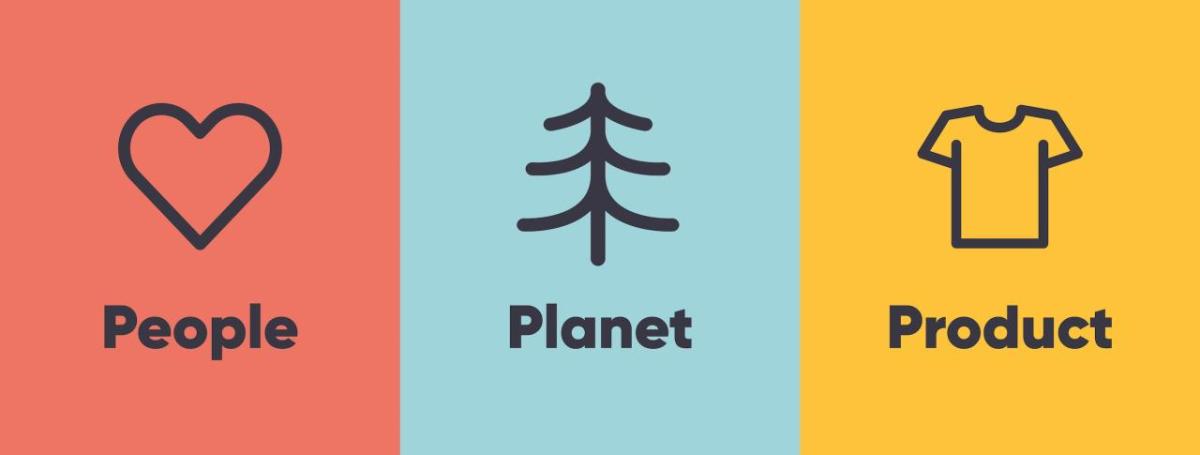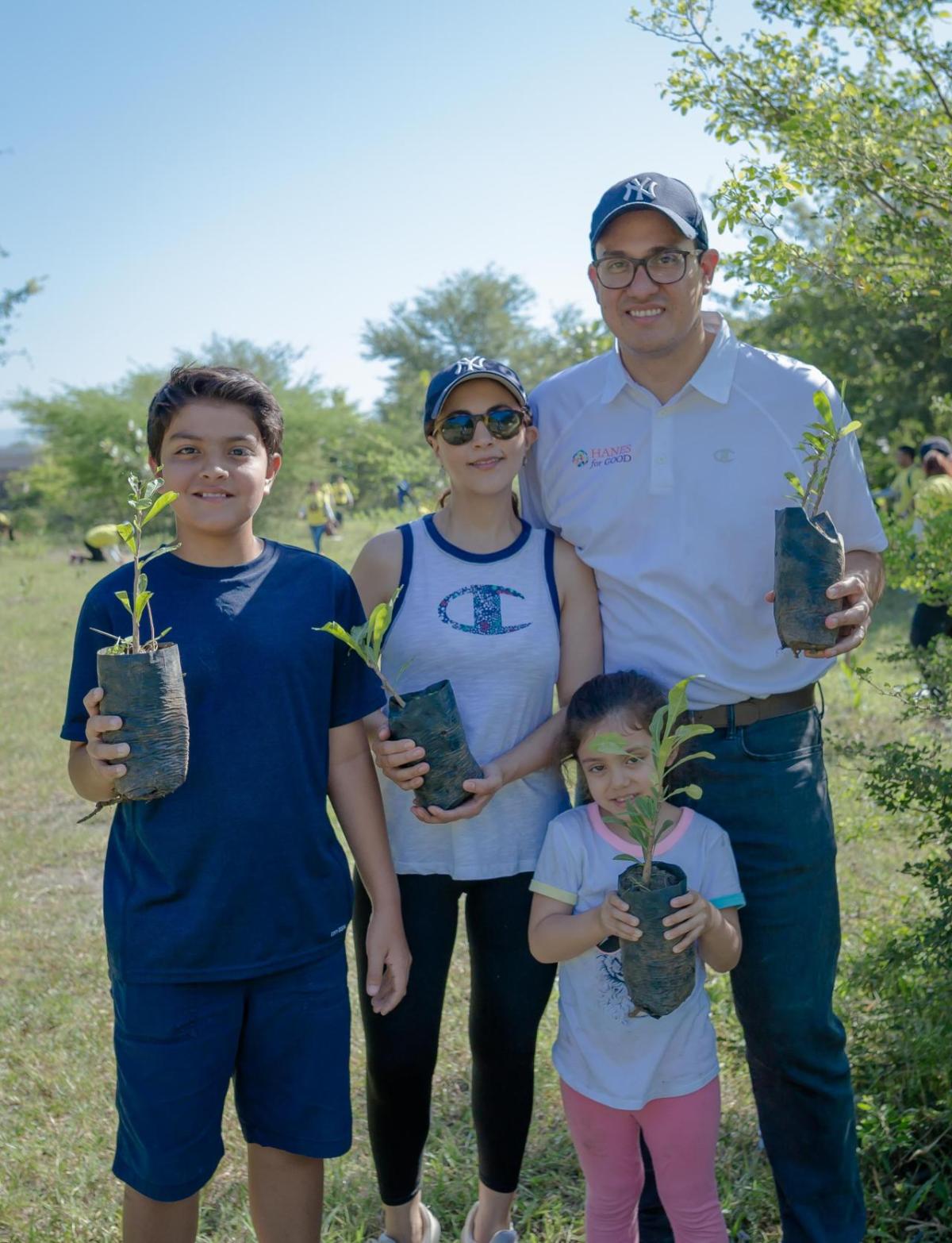HanesBrands Aims To Improve 10 Million Lives by 2030: Here’s How
By Teddy Mendoza
Originally published on TriplePundit
Growing up in Honduras, I witnessed the power natural disasters can have on the planet and how life-changing it can be when people come together to fix broken communities left with nothing.
When I was young, Category 5 hurricanes created economic and cultural devastation across Latin America. The international business community often responded with donations of supplies, food, and the arrival of technical teams to repair roads and infrastructure. Local companies of all sizes, even those that had suspended operations for a time, mobilized to assist their employees who had suffered.
At that time, the term “corporate social responsibility” was not widely used, yet many companies made efforts to help their communities as part of their philanthropic practices. In the years following Hurricane Mitch in 1998, my role as a leader in sustainability led me to become actively involved in efforts to care for communities after natural disasters. HanesBrands (HBI), our global sustainability mission centers around impacting the lives of people, protecting the planet and manufacturing product thoughtfully, all of which make me feel proud to lead global teams who are making a difference.
Sustainability is woven into the fabric of HanesBrands’ iconic portfolio of brands including Hanes, Champion, Bonds, Playtex and Maidenform. Efforts across the brands and throughout the company have helped us to steadily march forward in our quest to achieve ambitious sustainability goals by 2025 and 2030 that encompass three pillars: People, Planet and Product.
At HanesBrands, we have a goal to positively impact the lives of 10 million people by 2030. Our latest progress report shows that as of 2023, we’ve reached 3.4 million people through a variety of creative sustainability initiatives.
In a world filled with challenges, it's heartening to see how an innovative idea can blossom into a life-changing initiative. HanesBrands’ Green for Good program is a testament to how a corporate sustainability goal can transform lives and make a positive impact on humanity. The program invests hundreds of thousands of dollars saved from recycling into community improvement projects. We’ve provided access to medical services, funded health clinics, and facilitated over 1,500 life-changing surgeries, demonstrating the direct impact of sustainability on communities where we live and work. Since its inception, Green for Good has also provided educational opportunities for at-risk children and sponsored schools across multiple countries.
We partner in Honduras with Atrium Health Wake Forest Baptist Hospital, WakeECHO Global Ophthalmology, and Hospital del Ojo Club de Leones Fraternidad in San Pedro Sula. Through collaborative efforts, we've been able to facilitate corneal transplants and cataract surgeries for patients in need, including some of our very own associates and their families. In a country where an organ bank is absent, these procedures are critical, and our partner specialized medical team has made a real difference in these patients' lives.
Through the Hanes for Good program, Hanes donated thousands of socks and shirts to people experiencing homelessness in partnership with Super Soul parties. The nonprofit initiative transforms the Big Game in the U.S. into a meaningful and inclusive experiences for those in need.
In the U.S., Hanes partners with Delivering Good to assist with ongoing natural disasters recovery efforts. HanesBrands began working with Delivering Good over 10 years ago, and together, more than $45 million of products have been distributed to communities recovering from crises.
In Europe, Champion donates personalized apparel to hundreds of athletes, volunteers, and members of the Special Olympics. This contribution is part of an ongoing partnership with the Special Olympics to promote a world free from discrimination where everyone can be a champion.
On the environmental front, we've achieved a notable 50 percent reduction in Scope 1 and 2 greenhouse gas emissions since 2019 alongside reductions in water use and packaging weight. We're aiming to achieve zero waste across our operations by 2025 and transition to 100 percent renewable electricity by 2030.
Biomass-fired boiler technologies, geothermal electric power, and solar electric are all part of our owned energy management strategy as we march toward our 100 percent renewable electricity goal. These cost-effective renewable energy technologies are helping to power our sites. Our biomass operations save about 70,000 metric tons of greenhouse gas emissions per year — that’s equivalent to taking 14,830 cars off the road or planting 1,138,060 trees.
Our Dos Rios Textiles facility in the Dominican Republic pioneered an innovative biomass project, which consists of the use of wood chips from a sustainably managed energy crop to power steam boilers, reducing dependency on fossil fuels, lowering the plant’s carbon footprint, and increasing overall energy efficiency. Our Dos Rios plant is already powered by 100 percent renewable solar energy thanks to a Solar Power Purchase Agreement with a local solar park. It is the largest solar electric agreement to date for our company and will supply nearly 100 percent of the electrical needs for the facility for the next decade.
In Thailand, Honduras and the Dominican Republic, efforts to enhance solar power have been underway for years. These projects are predicted to save $16 million over the next ten years and substantially reduce greenhouse gas emissions.
There can be a misconception that sustainability is expensive. We’ve seen that efforts to provide reliable clean power while reducing our reliance on fossil fuels, lowering greenhouse gas emissions, and mitigating risk from fuel price volatility can actually save big money in the process.
Our product-specific goals also reflect our commitment to sustainability, with initiatives such as using sustainably grown cotton and reducing single-use plastics and packaging weight. These efforts are not just about meeting targets; they're about reimagining how we create and deliver products that are mindful of their impact on the planet.
In Surin, Thailand, we are making meaningful changes through our upcycle program. Associates work with local vendors to turn excess materials into products that are then sold by the local community. This project keeps 240 tons of waste out of landfills per year. We are always actively exploring ways to implement circular approaches into the heart of our clothing production. We kickstarted the use of circular economy practices years ago by partnering with yarn mills to manufacture reclaimed and recycled cotton. Cotton fiber that would have been thrown away as part of the manufacturing process can be re-spun into yarn that can then be used to create socks and similar products.
Cotton is the most commonly used material in HanesBrands products, and we are well on our way to achieving 100 percent sustainably grown cotton by 2030. We are able to track cotton in a way that gives us visibility into our cotton sources which in turn helps us manage risks and sustainability practices from seed to shelf and beyond. Unlike most apparel companies, we can tell you where this cotton comes from down to the gin level.
Beyond numbers and metrics, our sustainability journey is also about collective action. Our global associate campaign we kicked off last year, "I'M IN," has encouraged our associates to undertake 90,000 sustainable actions in their personal lives, from energy-saving practices like washing their clothes in cold water to volunteering in communities. This grassroots movement underscores our belief that every action, no matter how small, contributes to a larger positive impact on our planet and communities.
In 2021, we joined forces with Tide to spread the word that washing clothes in cold water is a simple way to combat carbon emissions. We know that Hanes products are in nine of out ten homes in the U.S. That’s a lot of laundry. Up to 90 percent of the energy a washing machine uses is from heating the water. The cumulative effect if all Americans switch to washing three out of four loads a week with cold water, can save enough electricity to power all of New York city and San Francisco for over a year (by 2030 compared to a 2020 baseline).
Our strategic investments in sustainability have yielded $23 million in savings since establishing ambitious goals in 2020. There is an ongoing effort in our global operations to identify cost-savings opportunities and innovative ways to drive sustainability progress.
Our efforts have not gone unnoticed. We've been consistently recognized with awards such as the Energy Star Sustained Excellence Award and Partner of the Year Award from the U.S. Environmental Protection Agency. We also achieved an A- score in the 2023 CDP Climate Change Report and 2023 CDP Water Security Report. These accolades affirm our global leadership in sustainability and inspire us to continue pushing boundaries.
We invite everyone to join us on this journey toward a more sustainable future by visiting hbisustains.com. Together, we can create lasting change that benefits not only the environment, but also the lives of millions around the world.
This article series is sponsored by HanesBrands and produced by the TriplePundit editorial team.
Continue reading here.




